SEARCH






|
|
|
|


by Editor Michel Romaggi in collaboration with the author Jose Maria D. Barba
Edited and published by Yvette Depaepe, the 10th of May 2023
'Horsehead Nebula'
Space photos are always dizzying and very aesthetic. For those who are as fascinated by them as I am, here are some explanations about the way he takes them. Thank you, for sharing your special skills in astrophotography with our members, Jose Maria. What led you to do this kind of photography?
I was born and have lived all my life in a small town called El Campillo in the province of Huelva in Spain. The light pollution here is very low and the skies are very clear allowing us to observe perfectly well the stars and the Milky Way. Since I was a child I have been fascinated by stargazing.
I saw very impressive images of galaxies and nebulae in astrophotography forums and decided to do some tests with my Canon EOS 5DMkIII camera, a tripod and an intervalometer. The results were disappointing. So, in the middle of the Covid-19 pandemic, during the months of confinement, I started to study more about this subject and I got some equipment to be able to make this kind of photos.
'Andrómeda'
What equipment is needed for this kind of photography?
The equipment has to be adapted to what you intend to photograph. Here are the basic equipments for the two main types of astrophotography, planetary and deep sky.
Planetary Astrophotography is the photography of planets in the solar system, including the moon and sun.
· The equipment consists of an equatorial mount that is responsible for pointing and tracking the object, (Moon, Sun, etc.).
· A telescope, the larger the better (more than 1500mm).
· Camera, it is possible to use a reflex camera or a specific camera for this type of photography.
· A power supply system with batteries or a power source to supply power to the whole set.
· Software to calibrate, align, stack, and edit the images.
Deep Sky Astrophotography is the photography of distant objects, including, galaxies, nebulae, and star clusters. The equipment for this type of photography can vary a lot, I detail my equipment:
· Equatorial mount for pointing and tracking objects.
· Camera specific for astrophotography, this camera is refrigerated and allows to lower the temperature -40ºC, to avoid the heating of the sensor in long exposures, in my case a camera Zwo Asi 2600MC pro, is a camera with a colour sensor, In more advanced equipment, monochrome cameras are used which are coupled with a filter wheel that captures certain signals, such as filters Ha, SII, OIII, etc. and a filter R, another G and another B, which are then mixed in editing and allow to obtain the colour image.
· The main telescope, in my case, is an 80mm diameter, 600mm focal telescope with a flattening lens and 0.85x focal reducer.
· 200mm self-guided telescope
· The self-guided camera is a small camera that is attached to the self-guided telescope
· It’s a self-guiding computer. It is a small computer that is controlled from a tablet or mobile phone, which connects the self-guiding system and the equatorial mount and which allows to correct the periodic error generated by the mounts for defects in the gears of the motors and makes it possible to use much longer exposure time without leaving traces in the stars.
· Power supply system for the whole.
Moreover, to do astrophotography you need to have a lot of patience. It is not just looking for a frame, using a tripod, do a little adjustment of levers, contrast, colour to have an image you can publish. In most cases, astrophotography needs many hours, days, months and in some cases years to make a single photo.
'Nebulosa del Ojo de Dios'
About the «Horsehead Nebula», can you explain how you did it?
To me, this is one of the most beautiful things in a night sky. The Ho ld, dark gas can be seen because it contrasts with the red emission nebula IC434. A little below and to the left of the horse’s head a yellowish or orange nebula which is the nebula of the Flame NGC 2024 can be seen. There are also several small blue toned reflection nebulae and in the lower part of the image, Dark nines of stardust are visible.
It took several days of planning, looking at the hours when the nebula was in a suitable position to start taking pictures and the time to take them before it fell over the horizon. The planning did not help much, cloudy days greatly lengthened the schedule.
This photo has a total of almost 68 hours of light shots (more than 600 photos were taken, of which I discarded several for imperfections (passing satellites, planes). I kept 580 photos of 420sec (7 minutes). At more than 12 hours of calibration shots, 100 420sec Darks shots (these are black photos made with the lid on), 100 Bias shots, (black shots made with the lid on and at a maximum shutter speed of the camera, also made to eliminate other image noise generated by sensors) and 100 Flats jacks (photos made to a white light source that are used to remove vignetting from lenses and dust specks from optics). I started taking pictures on October 15, 2021, and between clouds and moon phases I finished on January 8, 2022.
As for the equipment, as I described it before, equatorial mount, 600mm telescope that with the reduction of focal 0.85 stays in about 510mm, refrigerated camera Asi 2600MC pro, telescope, camera, and computer self-guided power and tablet.
All photos are taken from the roof of my house, since living in a small town avoids excessive light pollution.
The editing is completely done with Pixinsight, there is not much to choose for this photographic mode. The whole process Pixinsight can be done automatically but I like to do it manually.
Once we have the final image the processing begins, which I can not explain because it depends on the image (Nebula, comet, galaxy, star cluster) can vary a lot.
'Nebulosa de Orión'
 | Write |
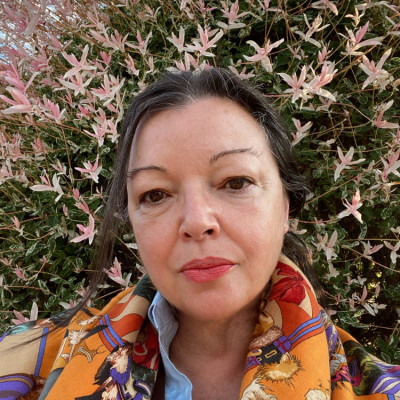 | Ludmila Shumilova PRO Wonderful work! Thank you for sharing! |
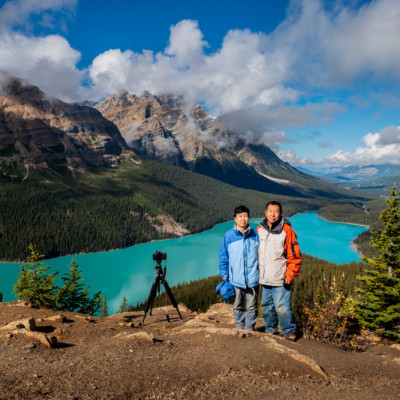 | Wanghan Li PRO
Excellent interview and beautiful and striking works! Learning. |
 | carmenvillar PRO Wow!! |
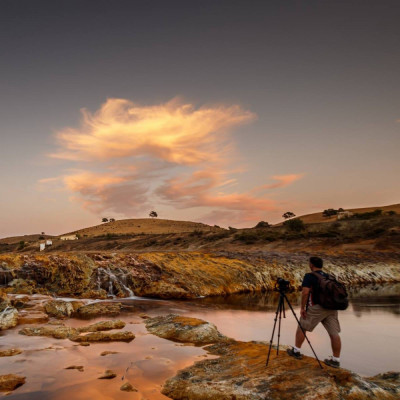 | Jose Maria D. Barba PRO Muchas gracias Carmenvillar. Sludos |
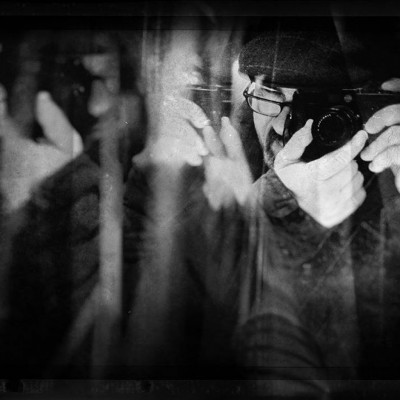 | Adrian Popan PRO This is absolutely stunning, congrats from heart! |
 | Jose Maria D. Barba PRO Thank you very much
Adrián |
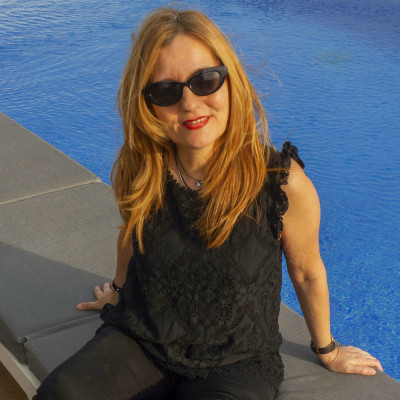 | Mabel Cedrón PRO Congratulations Jose Maria on your work, it's amazing!!! I have great photographer friends in your specialty and I always admire their work, you have to spend many hours and be very precise. Thank you Michel and Yvette for bringing such beauty closer to us. |
 | Jose Maria D. Barba PRO Muchas gracias Mabel por tus palabras, como dices son muchas horas de trabajo, pero al final viene la recompensa. Un saludo |
 | Yvette Depaepe CREW My hat off, Jose Maria ... A lot of work and fantastic results. Thank you so much for sharing. Cheers, Yvette |
 | Jose Maria D. Barba PRO Thank you very much Yvette. I never thought that these photos could attract so much attention. Greetings. |
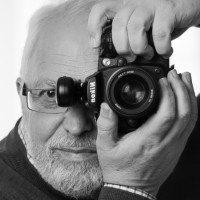 | Eduardo Blanco García PRO Fantástico |
 | Jose Maria D. Barba PRO Muchas gracias Eduardo. |
 | Miro Susta CREW Fantastic photographic work that requires not only knowledge and experience, but also a lot of patience and of course the right "tools".
I have always been wondering how photographers manage to produce such great photographs from the universe.
This photo article has brought me closer to this topic, thanks for your explanation and amazing photos Jose Maria, and also thanks to Michel and Yvette for sharing this with us. |
 | Yvette Depaepe CREW Amazing and most interesting, isn't it, dear Miro?! |
 | Jose Maria D. Barba PRO Thank you very much Miro |